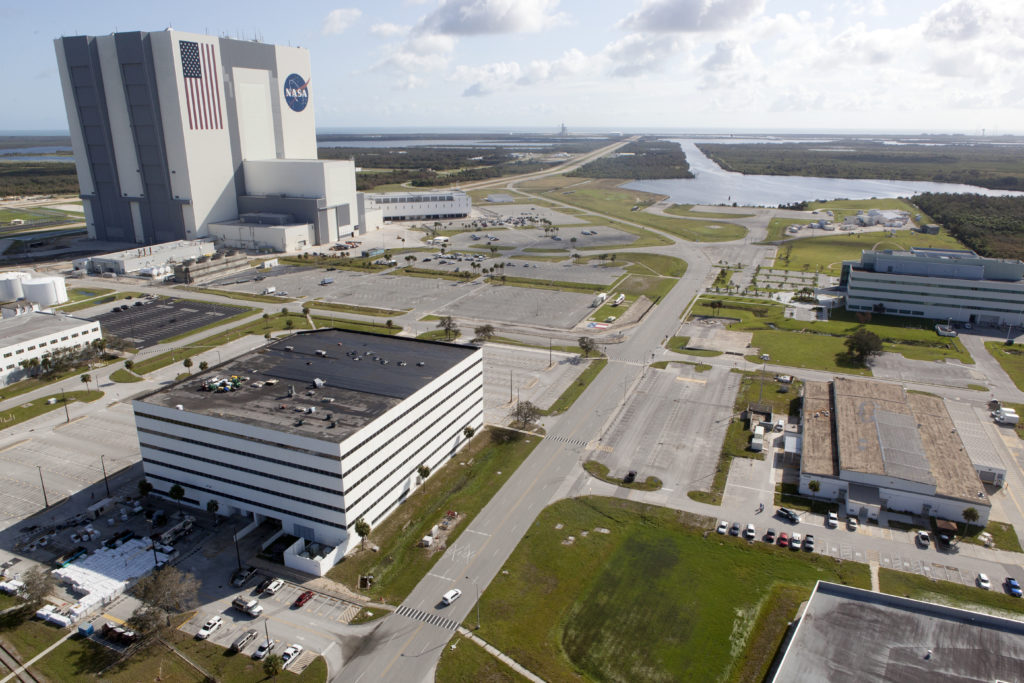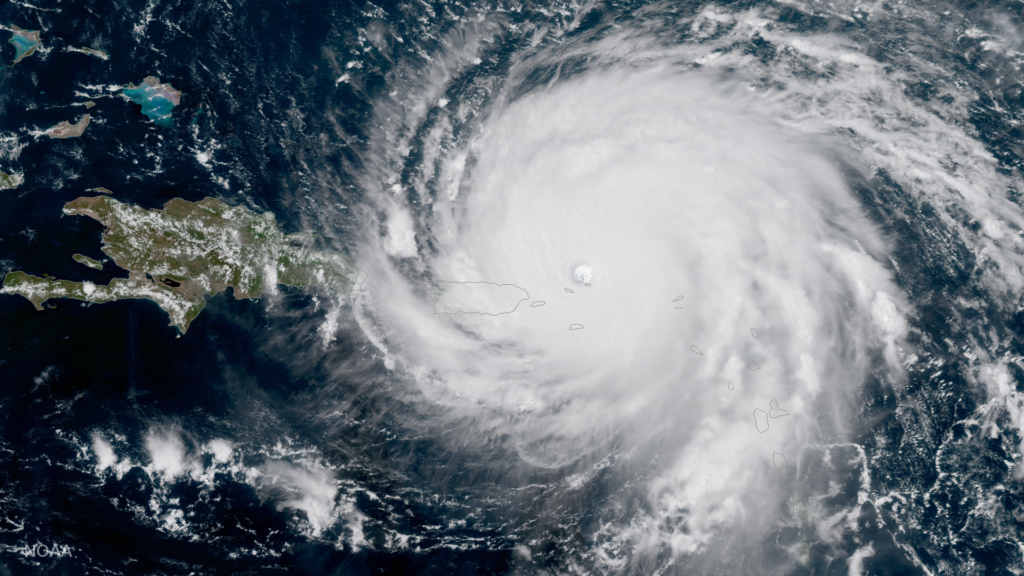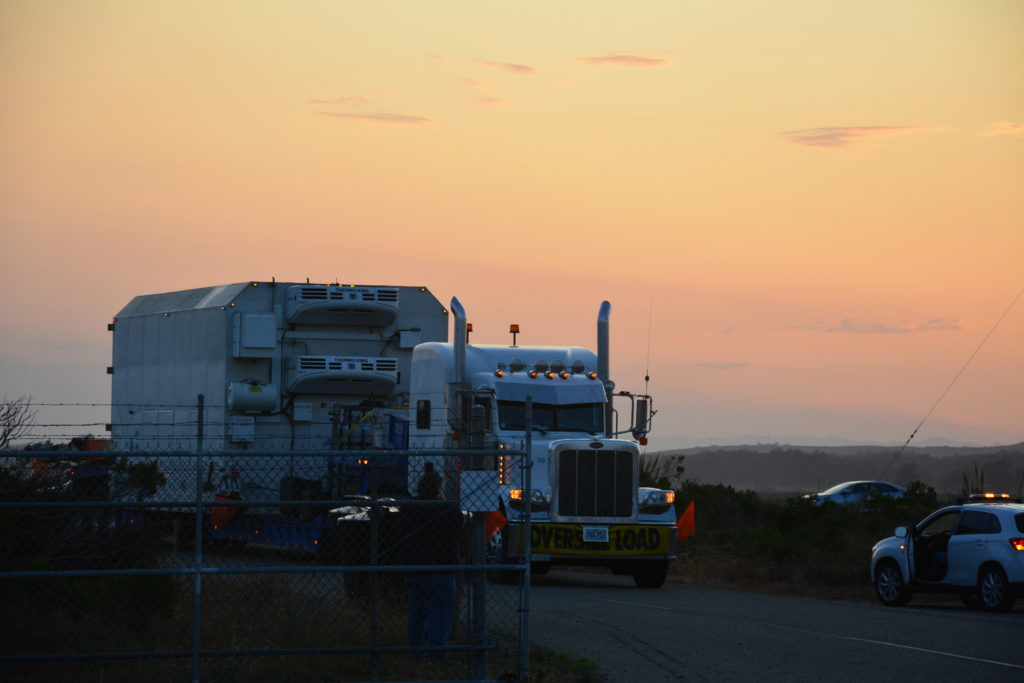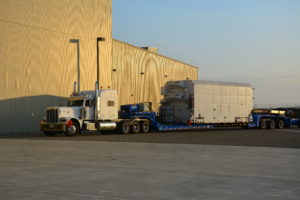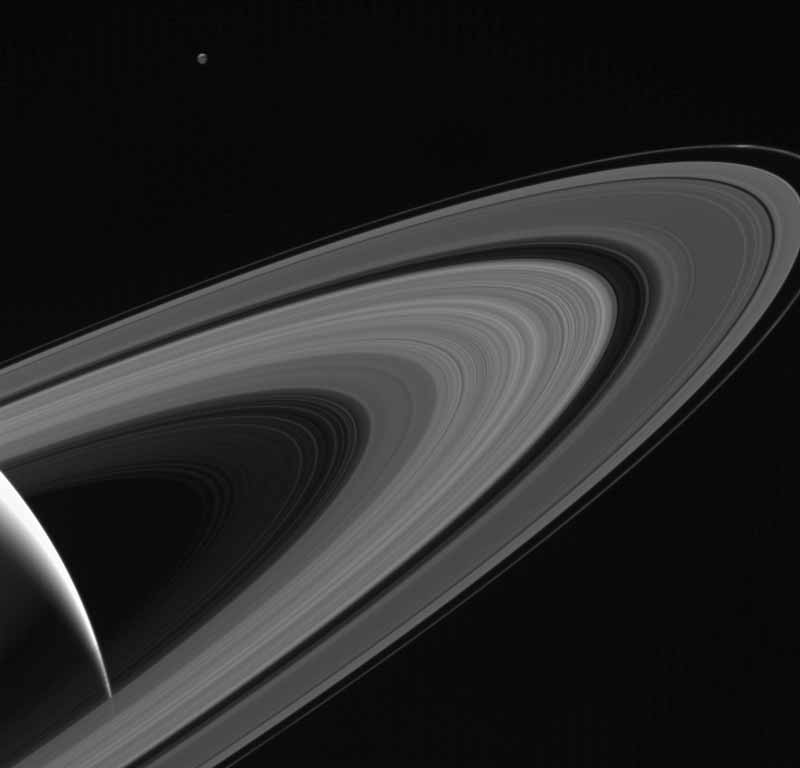
The spacecraft that revealed the remarkable planet Saturn to the world and sent back stunning images of its rings and nearby moons has completed its mission. NASA’s Cassini spacecraft made its final grand finale plunge into Saturn’s atmosphere Sept. 15, 2017.
Cassini made distant flybys of Saturn moons Janus, Pan, Pandora and Epimetheus before making its last dive.
The spacecraft and its attached Huygens probe launched aboard a Titan IVB/Centaur rocket on Oct. 15,1997, from Launch Complex 40 at Cape Canaveral Air Force Station in Florida, on its seven-year, 2.2-billion mile journey.
Cassini arrived in the Saturn system on June 30, 2004, and began a four-year mission to study the giant planet, its rings, moons and magnetosphere. The spacecraft made 22 weekly dives between the planet and its rings. It continued to beam back to Earth hundreds of gigabytes of scientific data. The Huygens probe made the first landing on a moon (Titan) in the outer solar system.
The Cassini-Huygens mission was a cooperative project of NASA, the European Space Agency and the Italian Space Agency. NASA’s Jet Propulsion Laboratory in Pasadena, California, managed the mission for the agency’s Science Mission Directorate. JPL designed, developed and assembled the Cassini orbiter.
For more information on Cassini’s mission finale, visit: https://saturn.jpl.nasa.gov/grandfinale.

